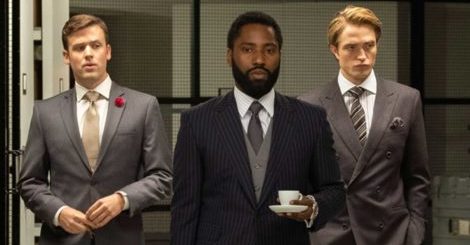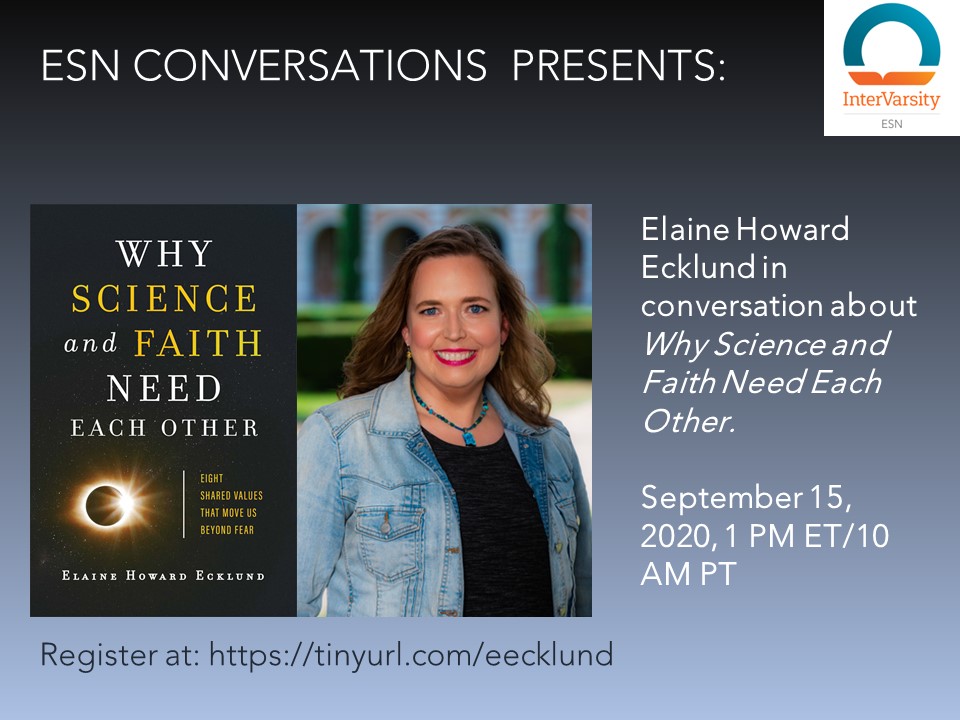
Most summers I usually mix in some discussion of a science fiction movie or three. There were fewer options this year, but I did manage to see Tenet. I suppose in the present context we should spend a moment just on that fact. I was able to see the film at a local drive-in theater. With all respect to theater staff doing their best, it is not clear to me that any cleaning and distancing protocol can eliminate the SARS-CoV-2 transmission risk of sitting in the same room with strangers for 2+ hours. Cleaning and masks and distancing and reduced capacity can all help mitigate that risk, and ultimately one’s specific risk will depend on many factors including the number of local active cases, the particulars of the air flow in the theater and where everyone is positioned in it, and how much talking and laughing and screaming goes on in that screening. So please do not take the following discussion as an endorsement of indoor theater attendance.
I suppose we can also consider the ethics of the film studios putting out new releases now. It is not clear to me what the rationale was behind choosing mid-to-late August to resume a theatrical release schedule. The timing is certainly questionable given that much of the primary audience for in-theater movies is also going back to school in person at the same time. Perhaps I should instead be discussing Bill & Ted Face the Music which got a simultaneous video on demand release rather than supporting a film studio that chose a theater-only release option. At the same time, drive-in theaters do exist, and by going I was able to support a local business and not just a multinational movie studio or streaming platform. And frankly in retrospect I think it was good for my mental health to get out of the house and be in nature for a few hours, albeit from inside my car. (Of course, since we’re talking communicable disease risk, a tick check might also be advisable after a drive-in experience depending on the setting and one’s activities there.)
Now, what were we going to talk about again? Oh, that’s right: Tenet. Some of the pleasure of the film is experiencing the twists as they are revealed, but we learn earlier than I expected that the story centers around technology to invert the flow of time and/or entropy. I’m a little fuzzy on which because the two are related. Most of the laws of physics work the same regardless of whether time runs “forwards” or “backwards” at least in part because many physical quantities are conserved. But when entropy is considered, the direction of time matters; total entropy is not conserved but instead tends to increase as time increases. This creates expectations about the physical world. An egg cracking and spilling its contents is commonplace; we would be surprised to see an egg yolk and egg white seep back into a cracked shell which then sealed itself into an ovoid whole.

 )
)But this is a movie. We can run the film backward just as easily as we can run it forward. And so, as the trailers suggest, much of the visual spectacle of this film comes not from impossibly convoluted architecture (as with Inception) or high fidelity simulations of black holes (as with Interstellar) but from the simple, low-tech trick of reversed playback. Now, I imagine some significant digital processing had to be done to combine forward and reverse footage in the same shot, and computer-generated previsualization and computer-controlled camera movements may have been necessary to plan and execute some sequences. Still, I think it’s notable that summer’s biggest blockbuster derives its spectacle from a gag previously associated with low budget fare like Top Secret!. Even though Tenet was conceived and filmed before this year, I think we can take away from it some inspiration to make the most of simple options at a moment when so much feels complex (e.g. 300+ words on the rationale of going to the movies).
That’s not really the theme of the film though. The story is about how the time/entropy-reversing technology is being used in the future to threaten the present (no prize for guessing why our descendants might be mad at us) and how the present can save itself. This results in some fairly complex planning and maneuvering; at one point just going to see someone and talk to them involves human slingshots and bungee jumping. So I wouldn’t say the story is about simplicity. Quite the opposite; I think the story is about the complexity imposed by entropy. We cannot go back and undo what has been done; we can’t put the egg yolk back in the shell. We have to repair or redeem what has happened in the past rather than changing it. At times, that work will be complex because requirements and constraints may accumulate as we go, but that is the work and we are the only ones who can do it.
Associating entropy with complexity may be counterintuitive. I looked up images tagged with ‘entropy’ and most were pictures of decay, rust and erosion. In a sense, most were pictures of neglect, which casts humans and the complexity of human artifacts and technology as the opposite of entropy. And there is some truth to that. At the same time, we cannot really fight against entropy; we cannot reverse it like the characters in Tenet. And even they still find themselves constrained by entropy and the flow of time in their own ways. And because of those constraints and that flow of time, we cannot always apply the simplest solution or take the most direct path from where we started to our goal. We have to reckon with the partial solutions and near-sighted decisions that have accumulated, so that sometimes the simple act of seeing a movie becomes quite complex. So it goes.
Fortunately the good news of the Bible is that our hope lies in the future, not in going back into the past. And so we can go boldly into that future that accumulating entropy is carrying us towards, rather than trying to swim against its current. It’s not a sci-fi answer. It’s not a very complicated answer. But there’s still plenty of value in the simple options too.
A reminder that Elaine Eckland will be joining us for a conversation about common values in science & faith conversations, on Tuesday September 15th at 1pm EDT. Check out the details below and register here.

Andy has worn many hats in his life. He knows this is a dreadfully clichéd notion, but since it is also literally true he uses it anyway. Among his current metaphorical hats: husband of one wife, father of two teenagers, reader of science fiction and science fact, enthusiast of contemporary symphonic music, and chief science officer. Previous metaphorical hats include: comp bio postdoc, molecular biology grad student, InterVarsity chapter president (that one came with a literal hat), music store clerk, house painter, and mosquito trapper. Among his more unique literal hats: British bobby, captain’s hats (of varying levels of authenticity) of several specific vessels, a deerstalker from 221B Baker St, and a railroad engineer’s cap. His monthly Science in Review is drawn from his weekly Science Corner posts — Wednesdays, 8am (Eastern) on the Emerging Scholars Network Blog. His book Faith across the Multiverse is available from Hendrickson.

Leave a Reply